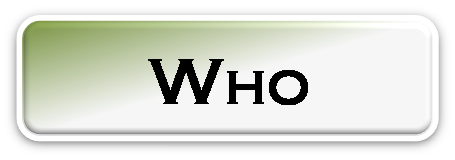Team:USTC Software/hoWDesign
From 2009.igem.org
| About | Team and People | Project | Standard | Notebook | Demo | Safety | External Links |
|---|
|
|
Design LevelYou should choose what level you focus on. Generally, there are four levels: parts level, device level, system level and abstract level respectively. The former three levels should be designated before design for a certain database should be selected to link. They are aimed at real application by using practical materials. The last level is rather general and mathematical. It doesn’t link to certain database while providing topology information only. Parts Level:Since, the function of parts can only display when they are in device with other kinds of parts. Thus, this level is to serve the device level that details about parts could be retrieved while designing a device. Details about kinetic laws and kinetic parameters these parts play in biochemical reactions are needed. Device Level:Devices are composed by basic parts and fabricated in a special manner. The function may vary be inserting different parts of same kind like promoter to the same place in device. This way is actually means to change the kinetic parameters in order to change the response of the device. Both static and dynamic transfer functions are needed to describe each device in order to be inserted or replaced in the software for simulation and design purpose. System Level:Systems are usually composed by devices while details of parts are not emphasized. The system level is an extension of device level, but focusing on much complicated ones even the entire cell, organism and ecosystem. Abstract (mathematical) Level:Topology is crucial for a network even if the kinetic laws are not that clear. Here, we do not care what concrete parts we use but rather mathematical and graphic form. It is universally significant and instructive for design process. Design Type (Sub Level)After you choose what design level you focus, there are four types of sublevels to select. We define these sublevels because the users are unnecessary to run the every design step that we give prior for an entire design process but some certain functions. Given these information, users could quickly start their design without wasting additional running time. Though our software runs relevant functions according to your input, it will be helpful and clear for the users to know what sublevels fit their need to complete their design efficiently.
Sub Level 1:The mutual interactions and kinetic laws are absolutely clear that only kinetic parameters are unknown or partly known. Based on the restrictions the user inputs, our software give a series of possible solutions to choose. In this sublevel, only parameter identification algorithm is recalled. Construction of E-parts of out wet team is on this sublevel. Sub Level 2:The mutual interactions are already known but kinetic laws are not that clear. Usually, the structure is clear to the users but kinetic laws are changeable for design. On the other hand, kinetic laws largely determine the dynamics. The Oscillator and Bistable Toggle Switch example is on this sub level. Sub Level 3:The reaction types are already known but mutual interactions are not that clear. Sometimes kinetic laws are easy to identify based on some basic ones like MassAction, Michaelis-Menten, or Hill Kinetics, etc. The Adaptation example is on this sublevel. Sub Level 4:Nothing is known about the design. Urr….. Just wait, we will give some solutions anyway. What you need to do is just to wait. |
|
 "
"




























